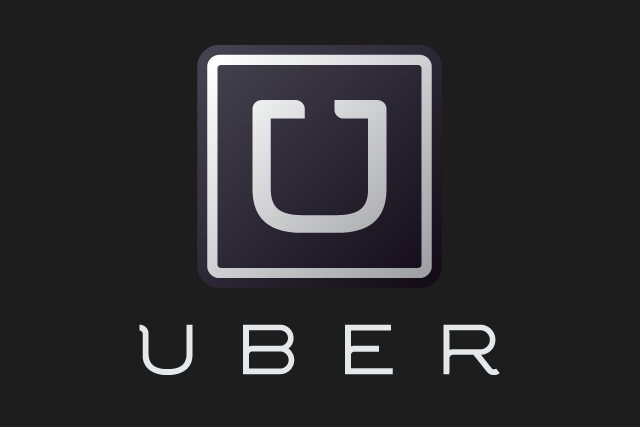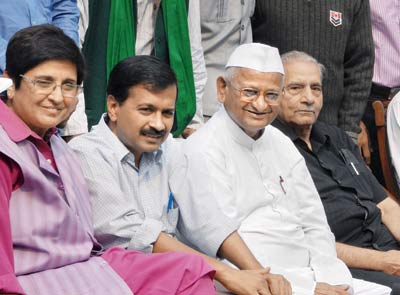Cars were a luxury in the early twentieth century. Their production was a slow and an expensive process. And this basically meant that the prices at which they were sold were also very high.
At the same time the car makers employed skilled craftsmen to produce cars. As Ryan Avent writes in The Wealth of Humans—Work and its Absence in the Twenty-First Century: “The automakers employed skilled craftsmen, who often had to shape these individual components to fit the peculiarities of the car’s handmade frame. In 1908 Ford Motor Company sold only about 10,000 vehicles. Most of its 450 employees at the time were highly skilled mechanics and craftsmen.”
This changed when Henry Ford came up with the assembly-line system of producing a car. This system was inspired from the meat processing industry in the United States. In this system, known as the ‘disassembly line’, the animal’s carcass hanging from a hook attached to a powered belt moved from one butchery station to another.
At each station, workers hacked off specific cuts of meat. As the animal moved through the disassembly line, its carcass grew smaller as the meat kept getting hacked from it. Ford thought that a system in reverse could be used to produce cars.
In Ford’s system, the chassis (i.e. the base frame) of the car was moved by power lines through various production stages. Various parts of the car kept moving towards the chassis at the same time. The workers were arranged at specific positions and they attached these parts on to the car. Hence, as the chassis moved through various stages of the production process, it became bigger and bigger.
In that sense, it was the opposite of the disassembly line and came to be referred as the assembly line. The assembly line was a major innovation and rapidly reduced the number of hours needed to produce a car from more than 400 working hours to less than 52 hours decades later.
At the same time, the cost of producing a car fell as well. This led to car prices falling and a boom in demand for cars. In the process, the production of cars went up as well. This led to an explosion in employment in car production even though the labour needed to produce each car had come down.
Also, the employees needed to produce cars on the assembly line did not need to be exceptionally skilled, as was the case earlier. As Avent writes: “The people working on the line were not especially skilled, for the most part. But Ford’s clever system meant that they were nonetheless fantastically productive.”
Cut to the 21st century. App based taxi services like Uber and Ola, are working around similar lines. Take the case of the traditional cab driver (or an auto-rickshaw driver in India). He was protected by laws and regulations. Most cities do not issue permits to drive a cab or an auto-rickshaw, on tap. Hence, there are a limited number of permits going around.
Also, more importantly, the drivers need to know their way around the city. If they don’t, they won’t be able to do their jobs. Uber and other app-based cabs have simply taken these things out of the equation.
As Avent writes: “Uber entered markets with a new business structure that took advantage of technology – smartphones equipped with GPS – that made the prior knowledge much less important… In doing so it allowed relatively unskilled drivers to enter the business in vast numbers.”
The point being that many more people could operate the smartphone than know the way around big cities like Mumbai, Bengaluru, New Delhi, New York or London, for that matter. Like in case of the assembly line, the cleverness of GPS technology, has essentially ensured that many more people can now become taxi drivers than was the case in the past. This has put the traditional taxi-drivers in trouble.
The question is how long will this last? As Avent writes: “New business models that open opportunities for unskilled workers by simplifying the tasks done in an industry arguably pave the way for the eventual automation of those tasks.”
The column originally appeared in the Bangalore Mirror on November 2, 2016.


